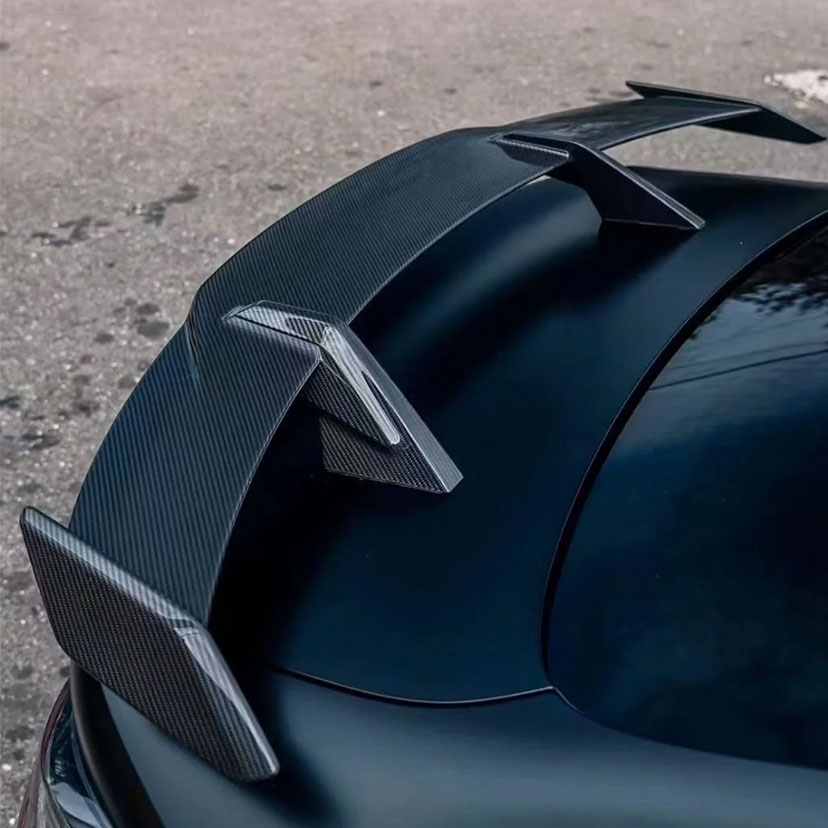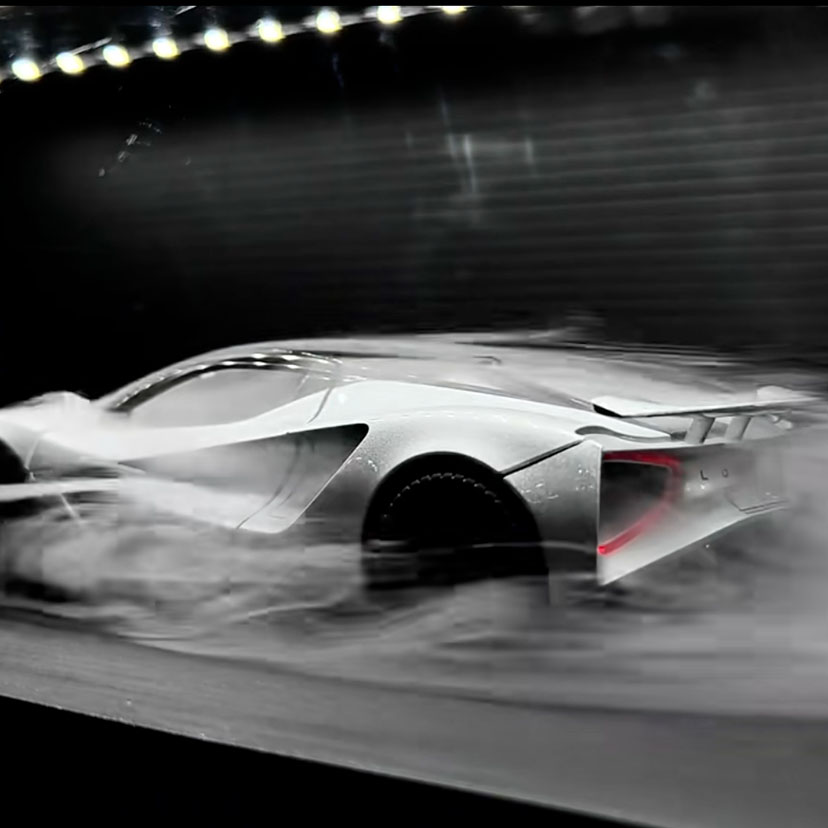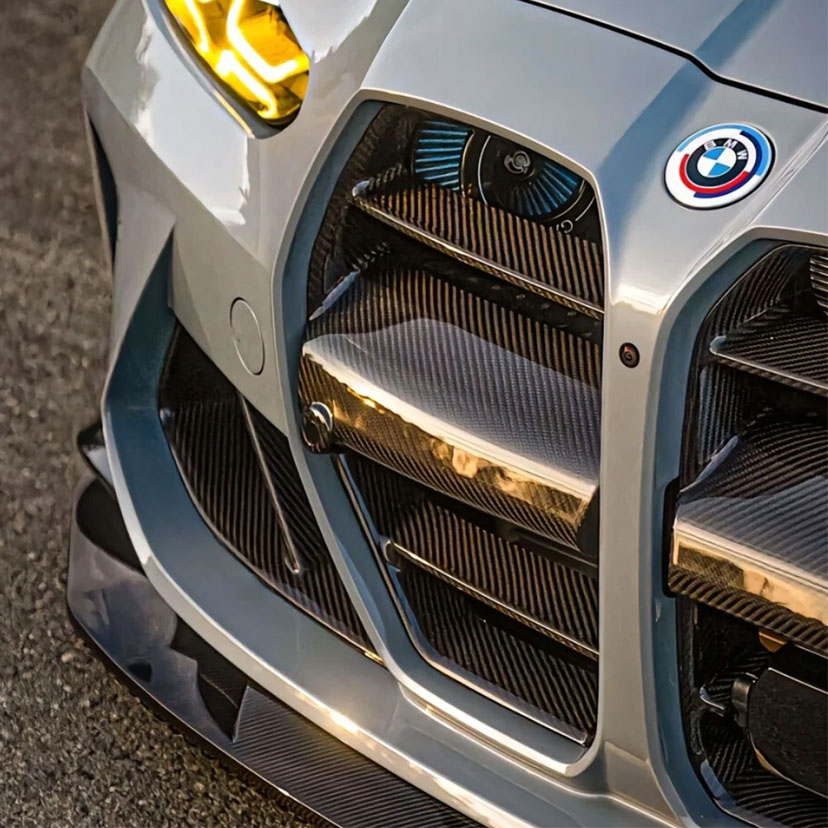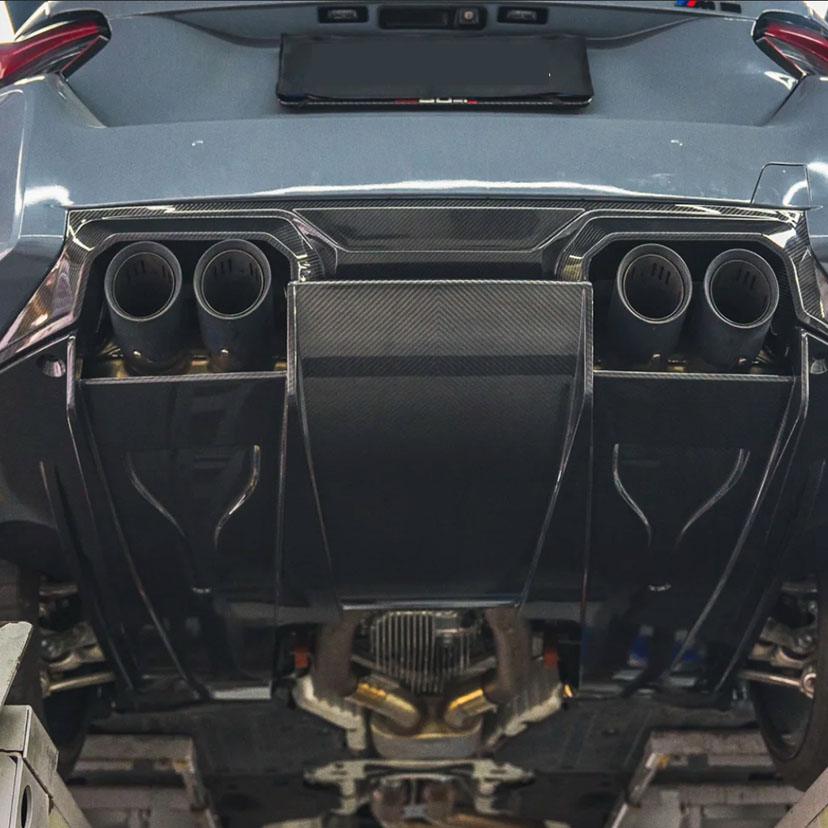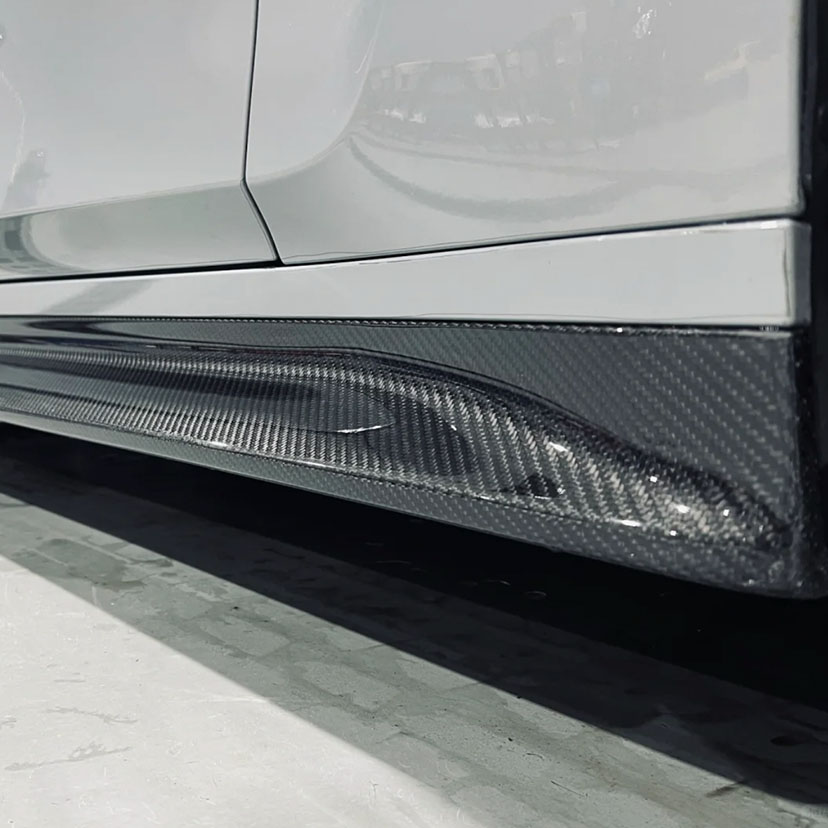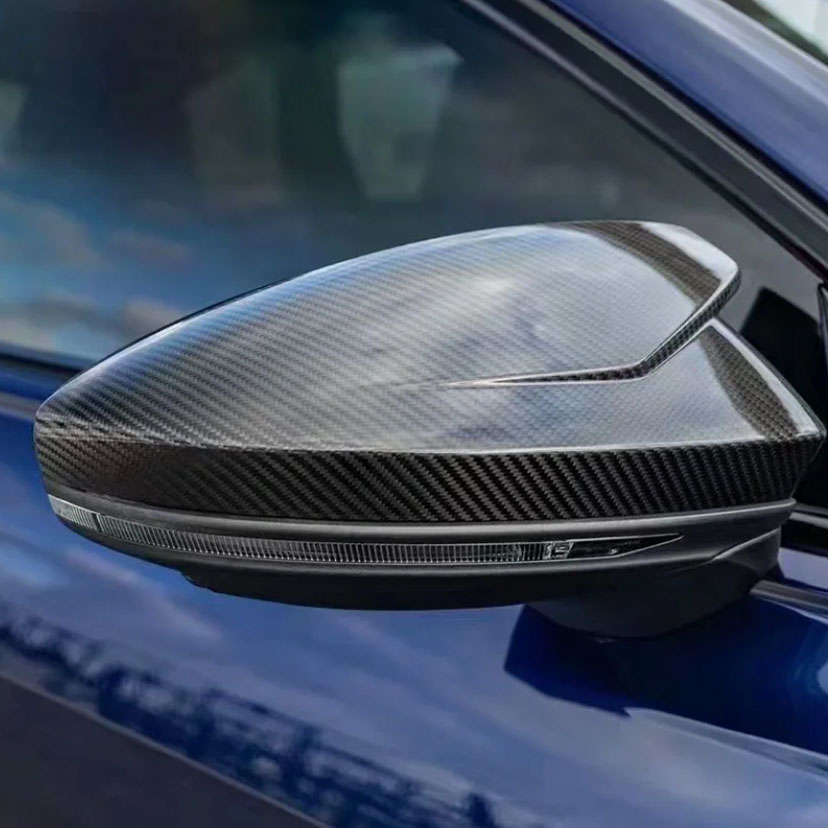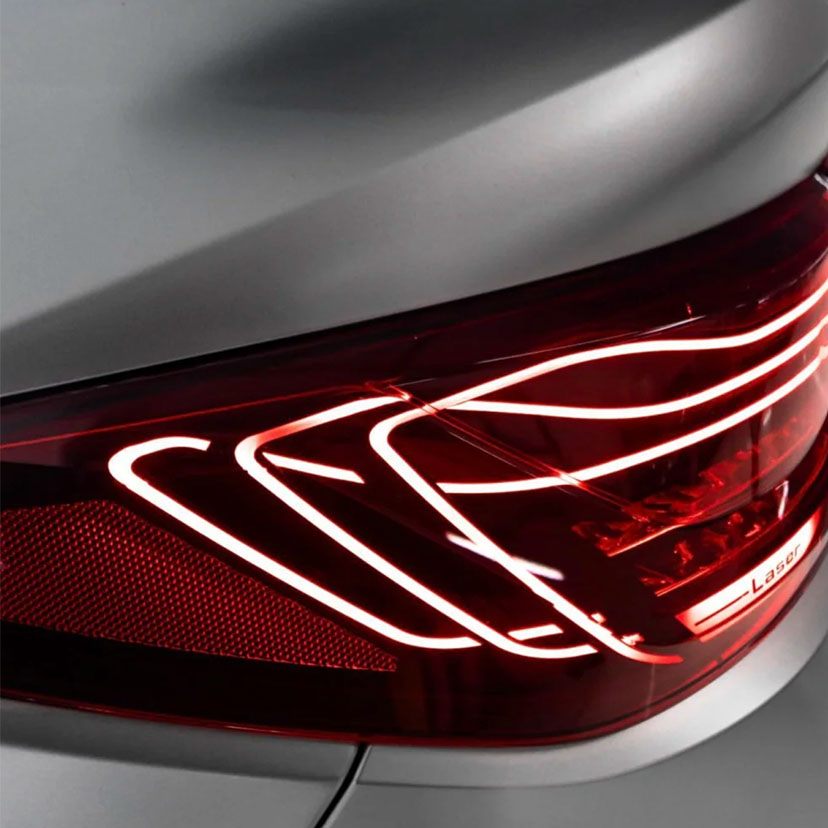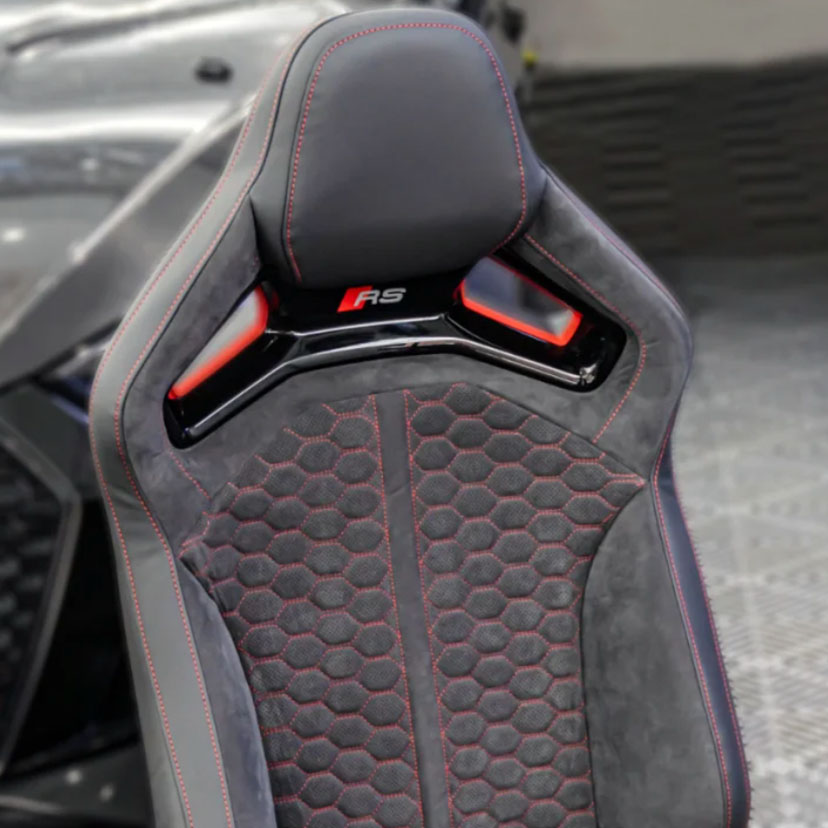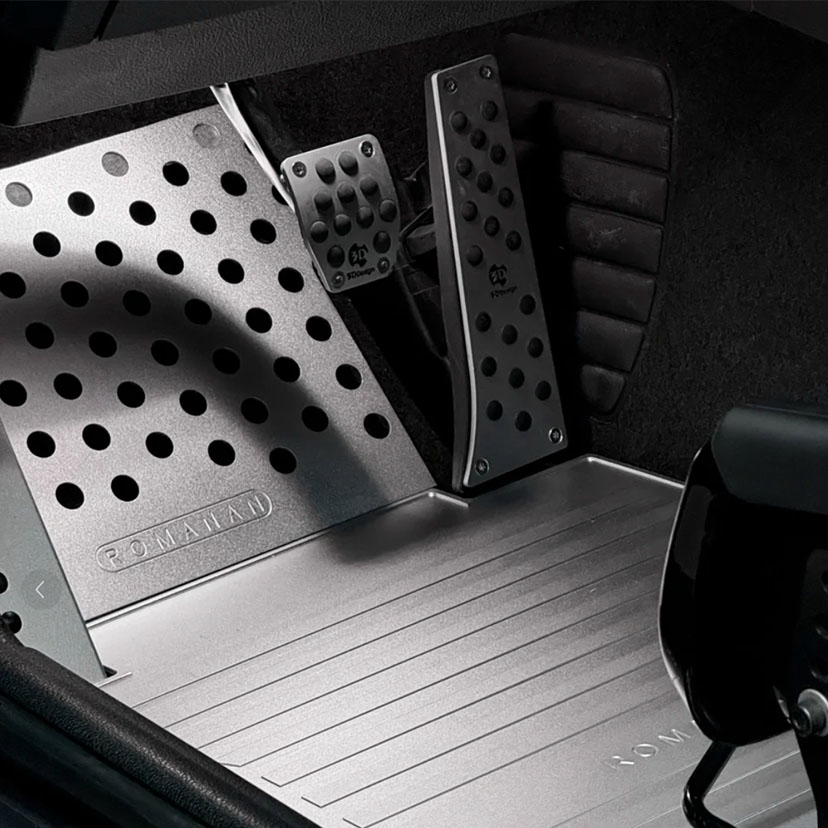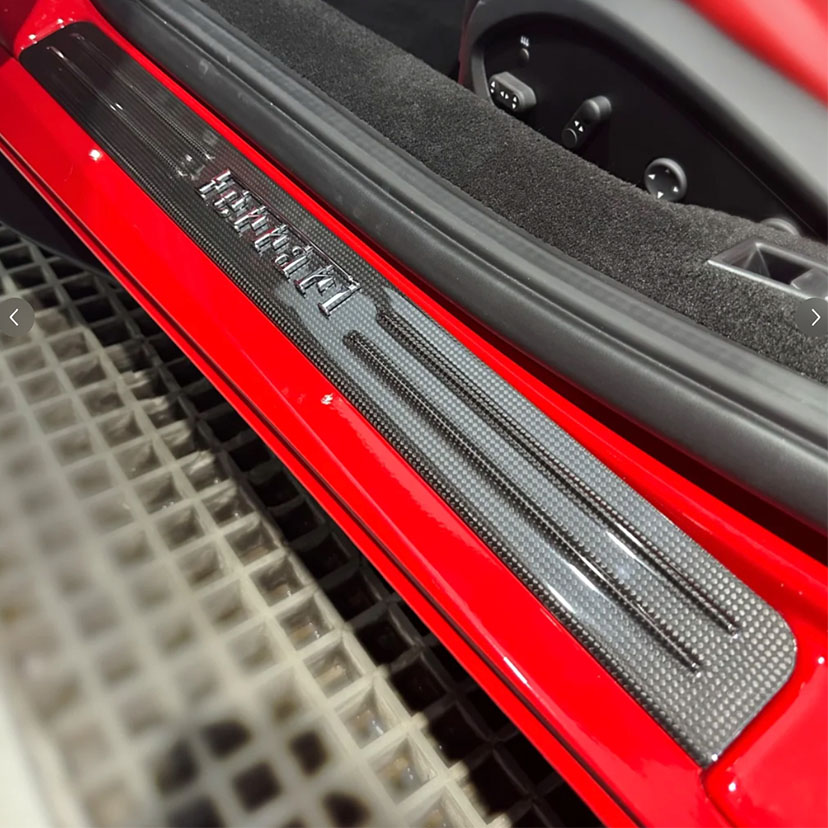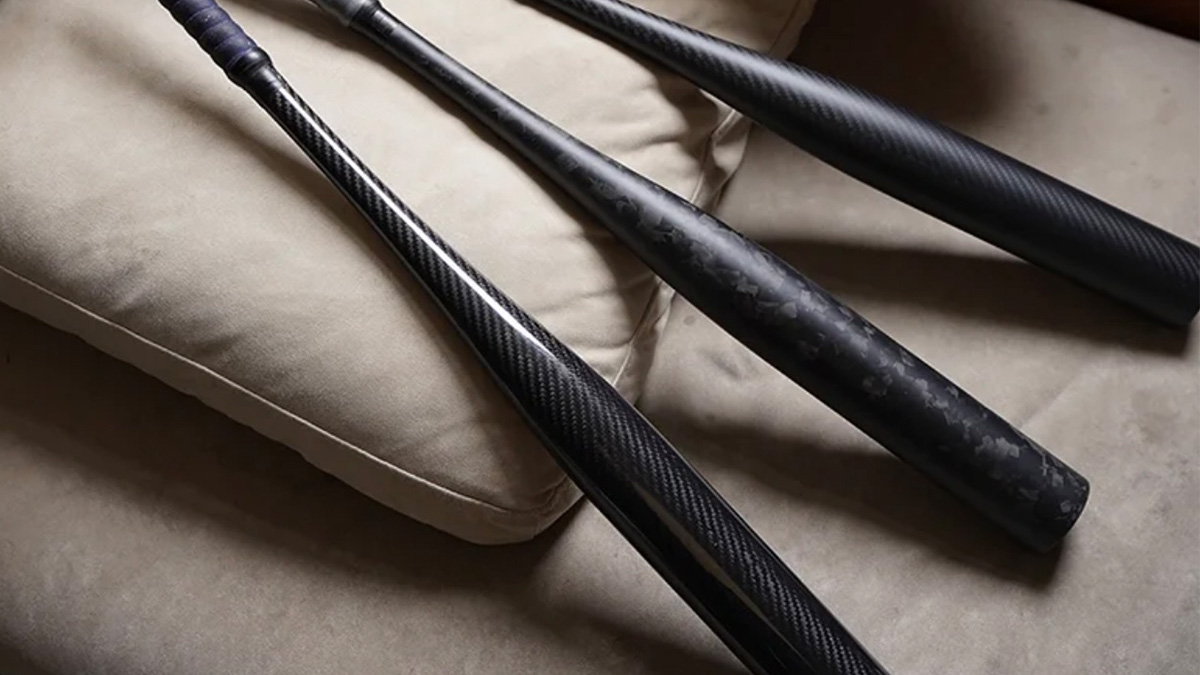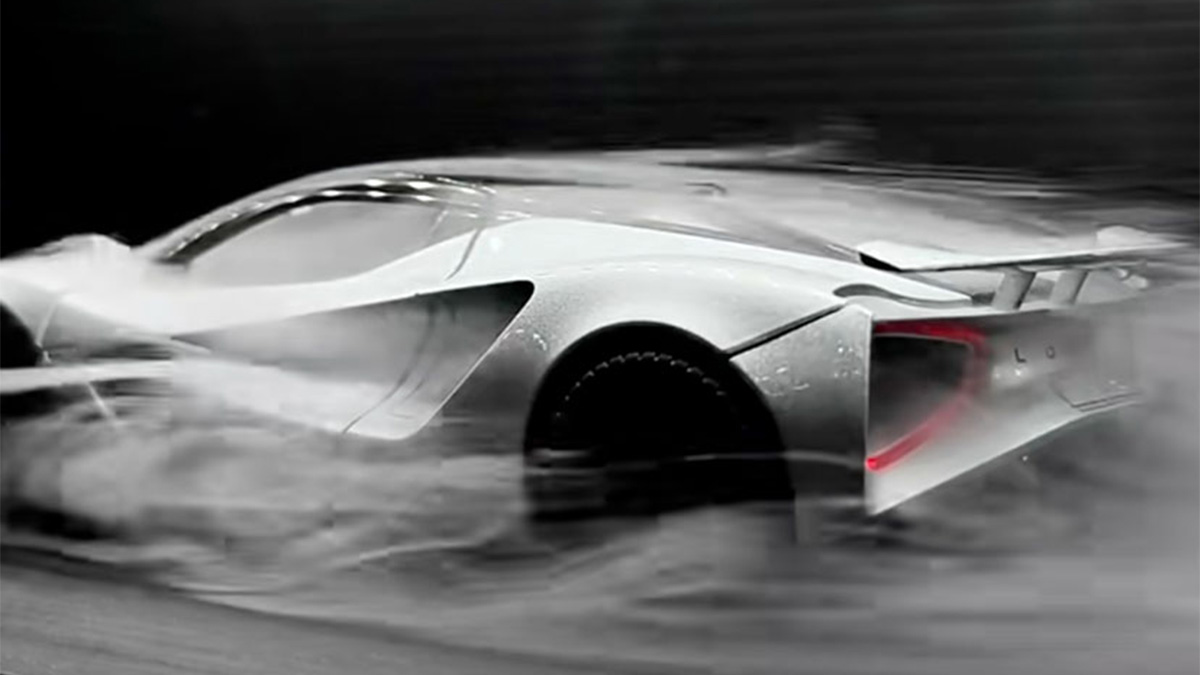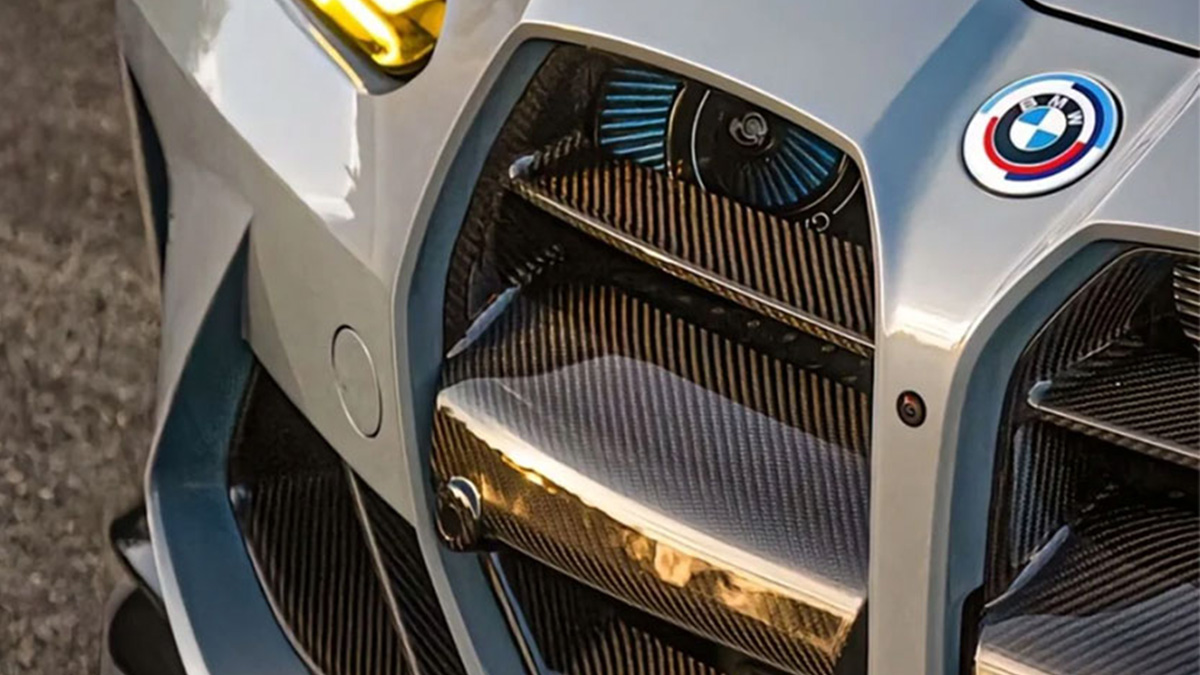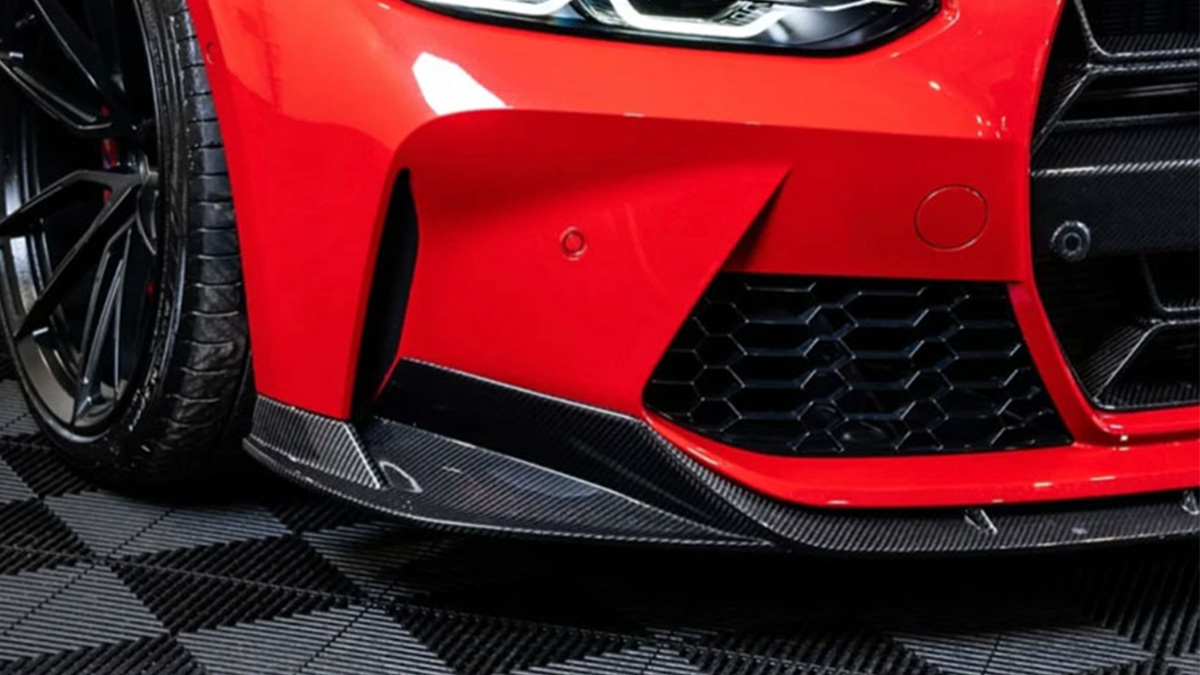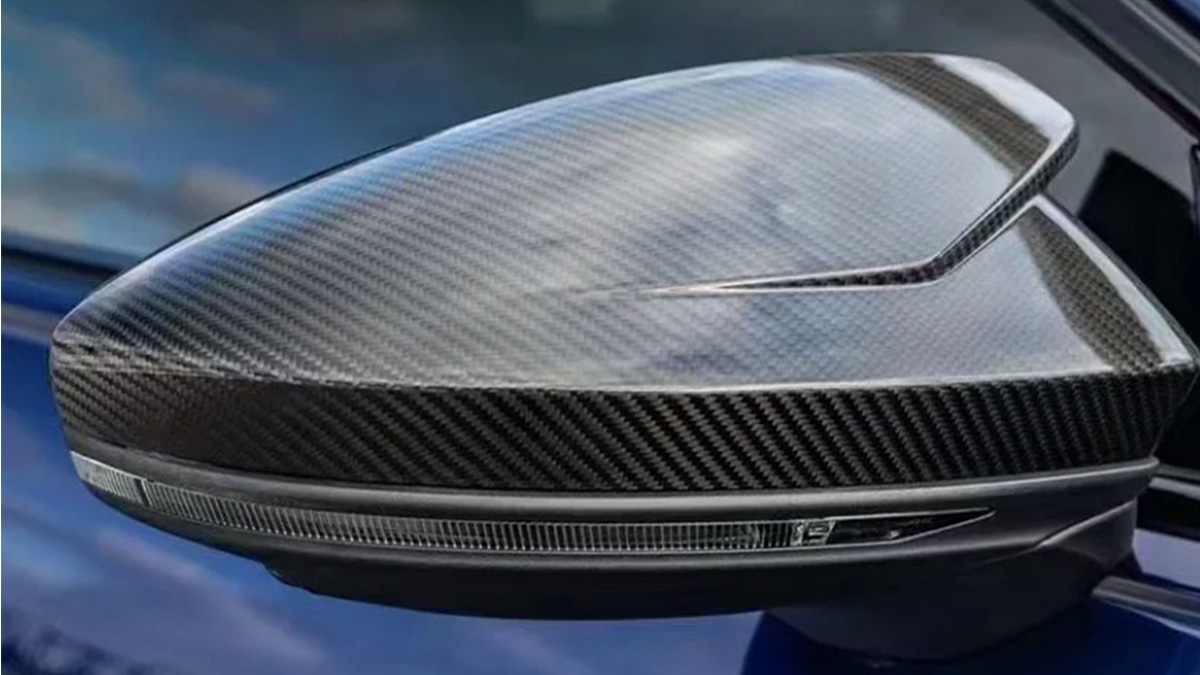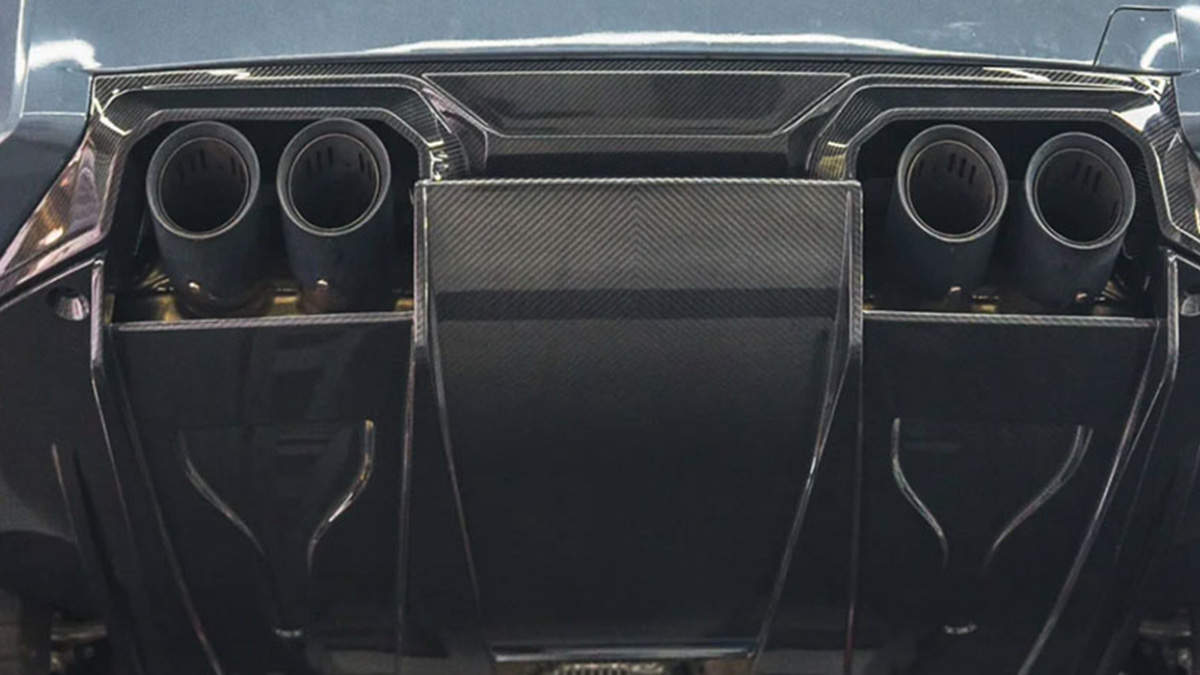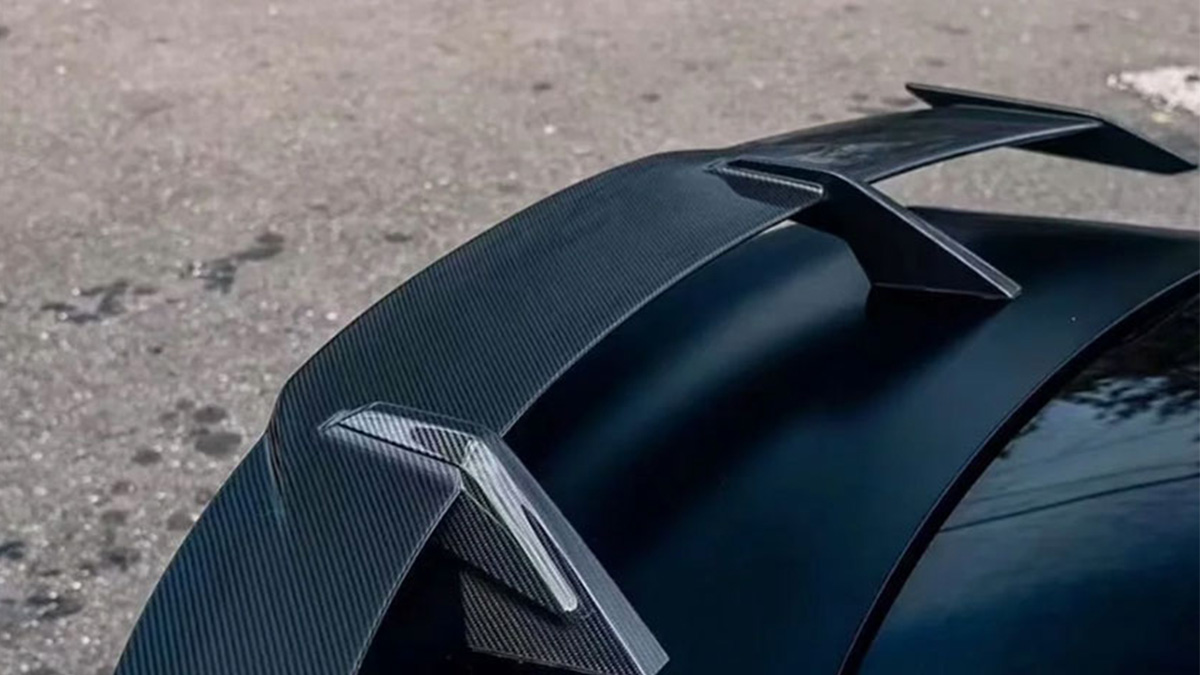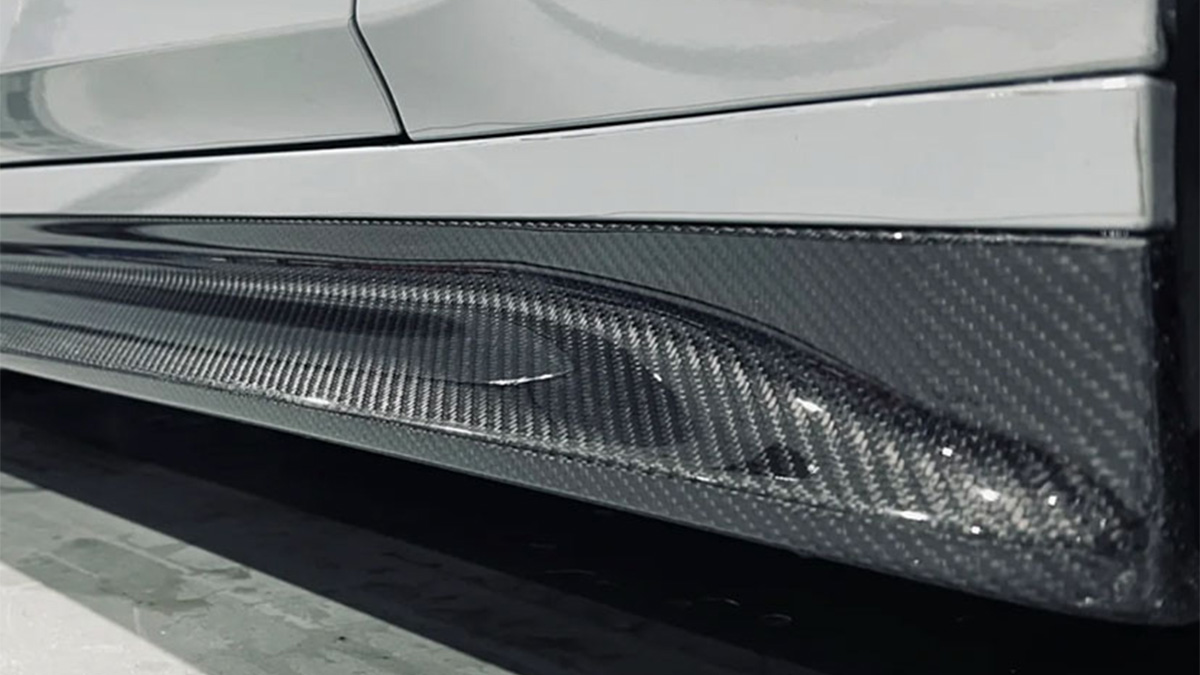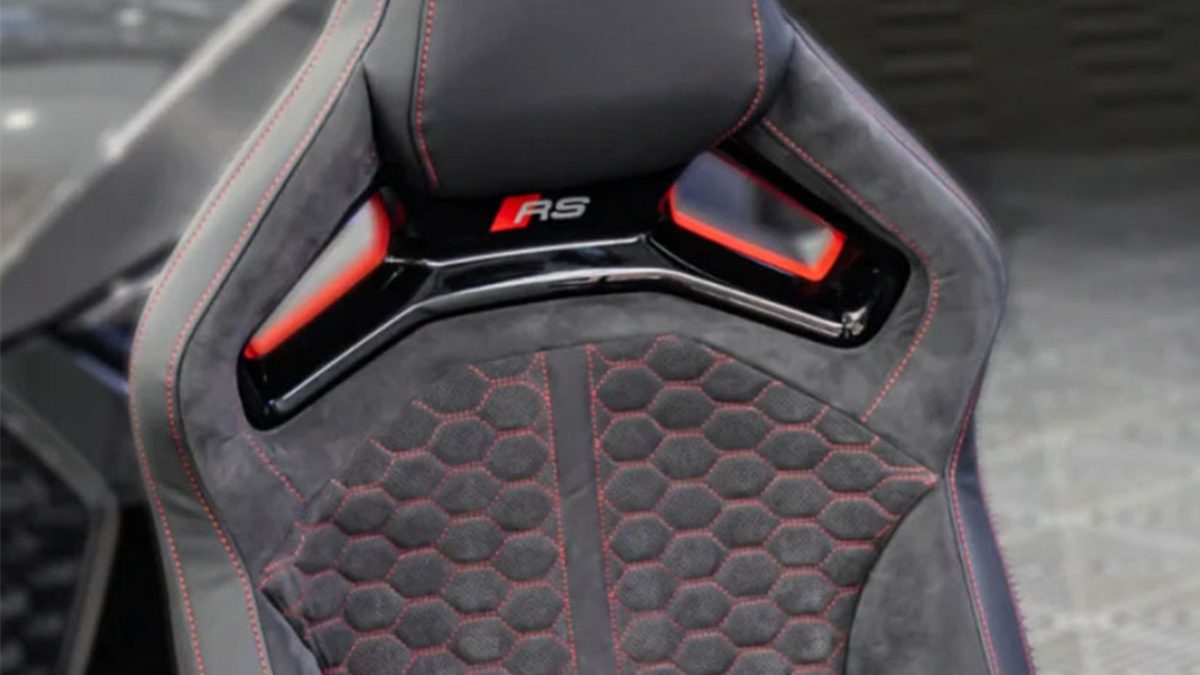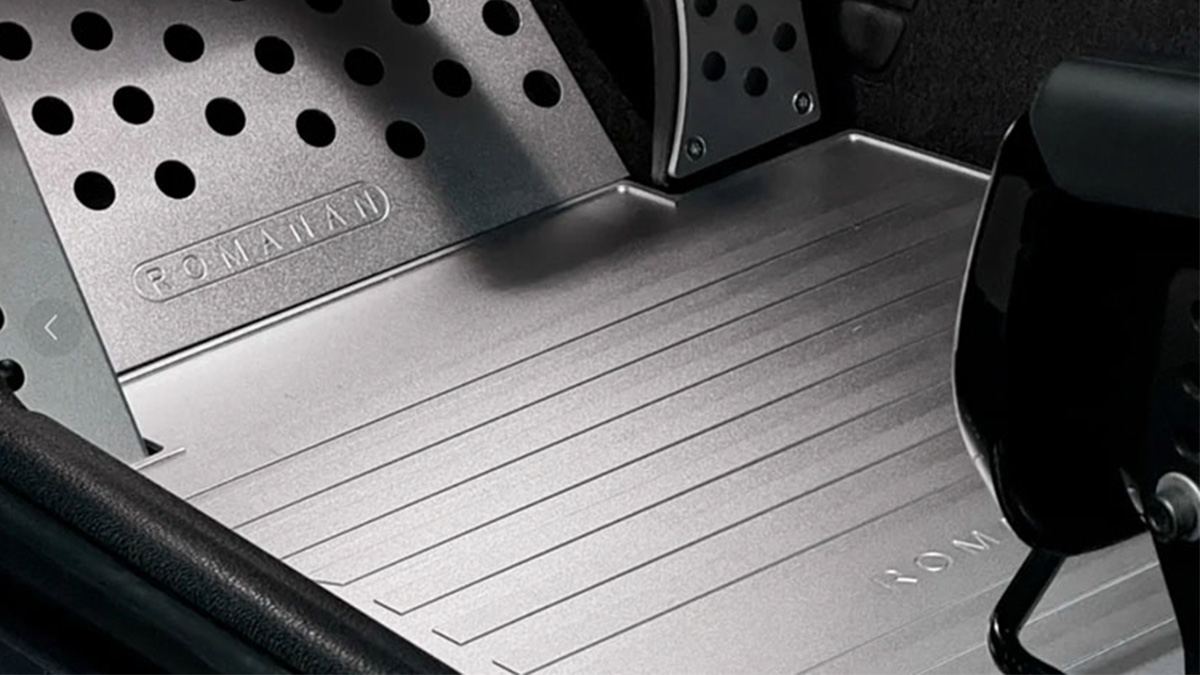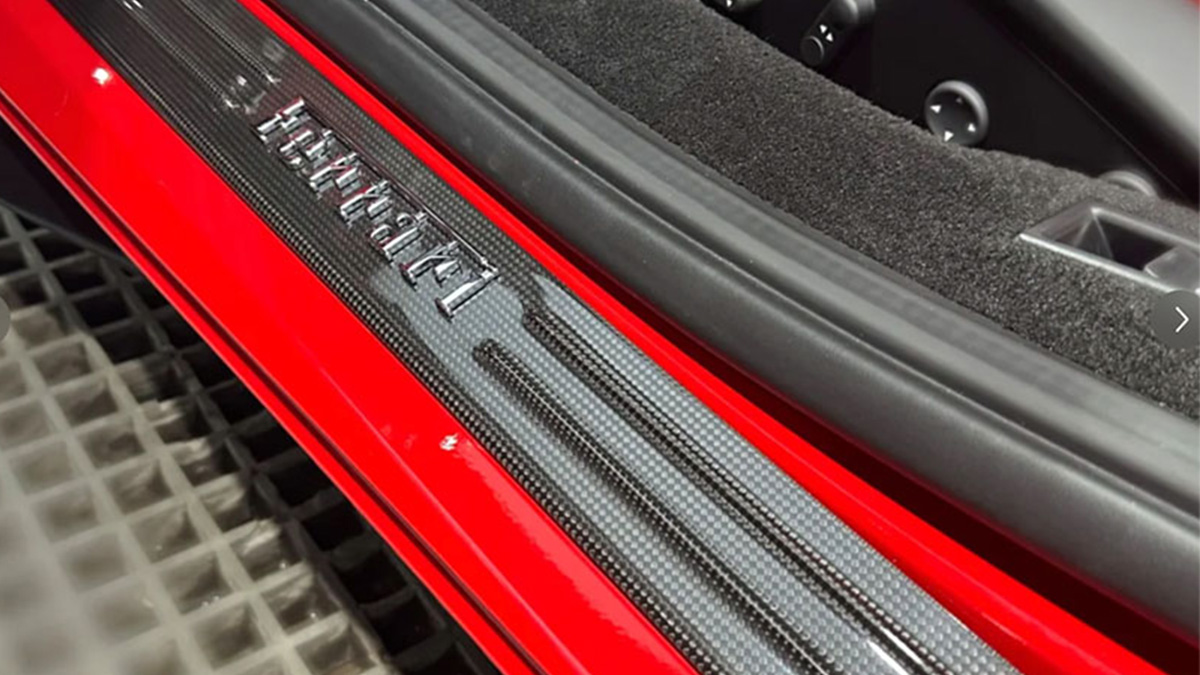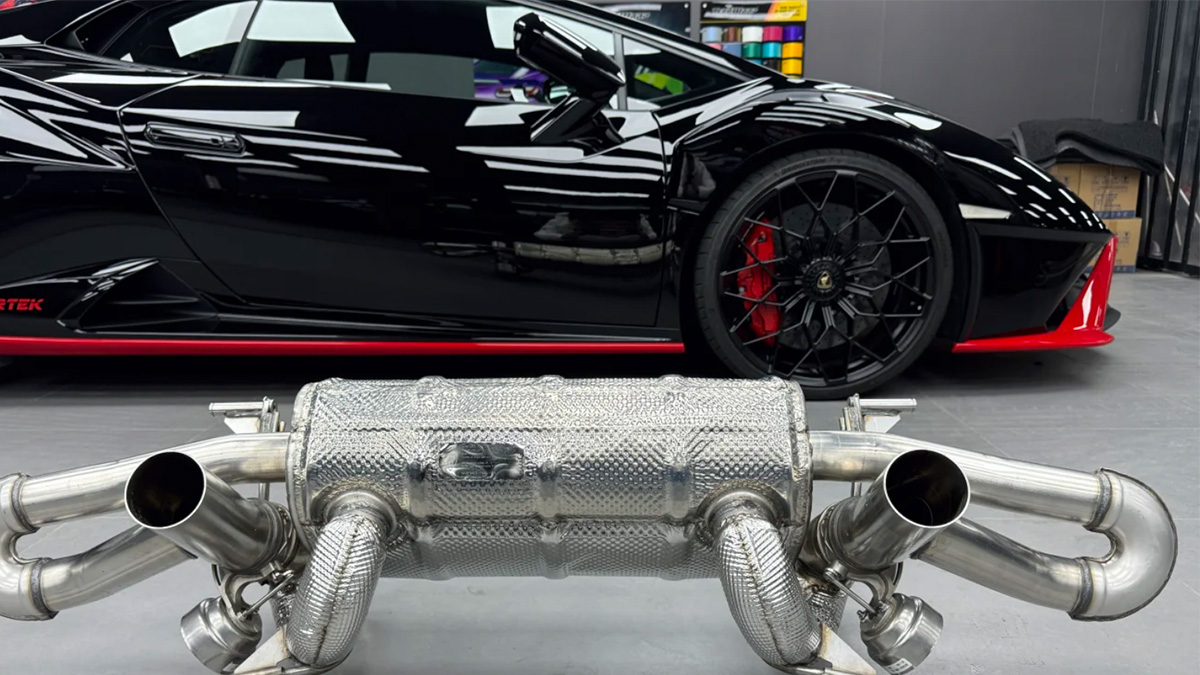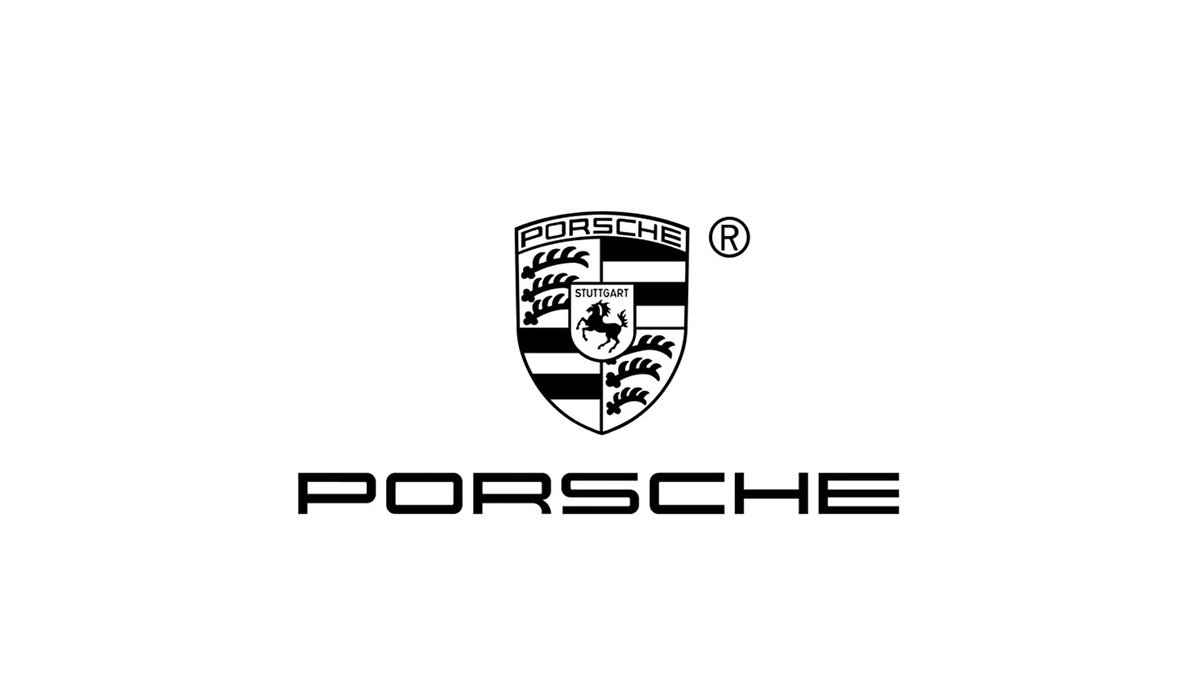How Straight-Through Tailpipes Impact Car Performance and Sound

Straight-through tailpipes improve how your car performs by enhancing exhaust flow and reducing back pressure. This design allows your engine to work more efficiently, which can lead to noticeable power gains. These tailpipes also create a bold, aggressive sound that many car enthusiasts find appealing. However, not every vehicle or driver benefits from this setup. You should consider your driving habits and preferences before making the switch.
Principales conclusiones
Straight-through tailpipes help exhaust flow better, making engines stronger and faster, especially at high speeds.
These tailpipes make loud, bold sounds that many car fans love, but they might not fit every driving style.
Picking the right material, like stainless steel or titanium, matters for strength and performance; stainless steel is cheaper, but titanium works better.
Less back pressure can improve speed but might lower low-speed power; think about how you use your car before changing to these tailpipes.
Follow local noise rules to avoid trouble; adding mufflers can control sound while keeping good performance.
Understanding Straight-Through Tailpipes
Design and Functionality
How straight-through tailpipes differ from other exhaust systems
Straight-through tailpipes stand out due to their simple yet effective design. Unlike other exhaust systems, they eliminate back pressure entirely. This allows exhaust gases to escape freely, which can improve engine efficiency. However, the lack of back pressure may sometimes reduce power in certain situations, especially at lower RPMs. Performance exhaust systems, on the other hand, are designed to maintain some back pressure to optimize the engine’s power curve.
Another key difference lies in the pipe structure. Straight-through tailpipes maintain a constant diameter throughout, ensuring a direct flow of exhaust gases. In contrast, stepped headers in other systems gradually increase in size. This design helps manage flow dynamics, which can enhance performance in specific applications. These distinctions make straight-through tailpipes a popular choice for those seeking maximum exhaust flow and a more aggressive sound profile.
The role of unrestricted exhaust flow in performance
Unrestricted exhaust flow plays a crucial role in improving engine performance. By reducing resistance, straight-through tailpipes allow the engine to expel exhaust gases more efficiently. This leads to better scavenging, where the outgoing gases help pull fresh air into the cylinders. As a result, the engine can produce more power and respond more quickly to throttle inputs.
However, achieving the right balance is essential. While unrestricted flow boosts performance at higher RPMs, it may negatively impact low-end torque. This makes straight-through tailpipes ideal for high-performance vehicles or those used in racing environments.
Materials and Durability
Common materials like stainless steel and titanium
The material of your tailpipes significantly affects their durability and performance. Stainless steel and titanium are the most common choices for straight-through tailpipes. Stainless steel offers excellent corrosion resistance and long-lasting performance, making it a popular option for daily drivers. Titanium, on the other hand, is lightweight and strong, providing superior performance for high-performance vehicles.
Here’s a quick comparison of common materials:
Material | Durability Impact | Impacto en el rendimiento |
|---|---|---|
Acero dulce | Prone to rust, less durable over time | Affordable but lower performance |
Acero inoxidable | Highly durable, corrosion-resistant | Popular for long-lasting performance |
Titanio | Lightweight, strong, superior performance | More expensive but offers weight savings |
Aluminized Steel | Coated for corrosion resistance | Balances cost and durability |
Heat resistance and longevity considerations
Heat resistance is another critical factor when choosing materials for your exhaust system. Stainless steel retains heat within the exhaust, which helps maintain exhaust velocity and improves scavenging. It also resists high-temperature fatigue, making it suitable for harsh conditions. Titanium, however, excels in handling extreme temperatures without discoloration. Its lightweight nature also reduces the overall weight of the vehicle, enhancing performance further.
Both materials offer excellent durability, but titanium provides an edge in high-performance applications. If you prioritize cost-effectiveness and longevity, stainless steel remains a reliable choice.
Performance Impacts of Straight-Through Tailpipes

Back Pressure and Engine Efficiency
Why reducing back pressure enhances performance
Reducing back pressure in your exhaust system allows your engine to breathe more freely. Straight-through tailpipes minimize restrictions, enabling exhaust gases to exit quickly. This improves engine performance by enhancing the scavenging process. Scavenging occurs when outgoing gases help draw fresh air into the cylinders, which boosts combustion efficiency. With better airflow, your engine can generate more power and respond faster to throttle inputs. This is especially beneficial for high-performance vehicles or those used in competitive settings.
Risks of insufficient back pressure
While reducing back pressure improves performance at higher speeds, it can negatively affect low-end torque. Insufficient back pressure may cause your engine to lose efficiency at lower RPMs, making it less responsive during city driving or stop-and-go traffic. This is why straight-through tailpipes work best for vehicles designed for high-speed or racing environments. For daily drivers, balancing back pressure is crucial to maintain smooth performance across all RPM ranges.
Exhaust Flow and Power Output
How improved exhaust flow boosts horsepower
Straight-through tailpipes optimize exhaust flow, which directly impacts engine performance. By eliminating restrictions, these systems allow exhaust gases to exit faster. This reduces the workload on your engine, freeing up energy to produce increased horsepower. The result is a noticeable improvement in acceleration and overall power output, especially at higher RPMs.
Effects on fuel economy and throttle response
Improved exhaust flow also enhances throttle response. Your engine reacts more quickly to your inputs, providing a more dynamic driving experience. However, the impact on fuel economy depends on your driving habits. Aggressive driving with a performance exhaust system may reduce efficiency, while steady driving can maintain or slightly improve fuel consumption.
Compatibility with Engine Types
Performance in naturally aspirated vs. turbocharged engines
Straight-through tailpipes perform differently depending on your engine type. In naturally aspirated engines, they improve exhaust flow and enhance engine performance by reducing back pressure. Turbocharged engines, however, rely on some back pressure to maintain turbo efficiency. While straight-through designs can still boost power, they may require additional tuning to optimize performance.
Considerations for small vs. high-performance engines
Small engines may not benefit as much from straight-through tailpipes. The lack of back pressure can reduce low-end torque, making the vehicle feel sluggish at lower speeds. High-performance engines, on the other hand, thrive with these systems. They are designed to operate at higher RPMs, where unrestricted exhaust flow maximizes power and efficiency.
Sound Characteristics of Straight-Through Tailpipes

Tone and Volume Changes
The aggressive sound profile of straight-through designs
Straight-through tailpipes create a bold and aggressive exhaust note that many car enthusiasts love. Their design eliminates restrictions, allowing the exhaust gases to flow freely. This unrestricted flow amplifies the exhaust system sound, giving your vehicle a deep, throaty roar. The result is an improved sound that stands out on the road or track. If you enjoy a louder and more dynamic driving experience, this design delivers exactly that.
How pipe diameter and engine RPM affect sound
The diameter of the tailpipe plays a significant role in shaping the exhaust sound. A larger diameter produces a deeper tone, while a smaller one creates a higher-pitched sound. Engine RPM also impacts the sound profile. At lower RPMs, the exhaust note remains subdued, but as you accelerate, the sound becomes louder and more aggressive. This variation in tone and volume adds excitement to your driving experience.
Managing Resonance and Drone
Causes of cabin drone in straight-through systems
Cabin drone occurs when sound waves from the exhaust resonate inside your vehicle. Straight-through tailpipes, due to their open design, can amplify these sound waves. This often leads to a constant, low-frequency hum that can become annoying during long drives. Factors like pipe length, diameter, and engine speed contribute to this issue.
Solutions to reduce unwanted resonance
You can minimize cabin drone by adding resonators or sound-dampening materials to your exhaust system. Resonators help cancel out specific frequencies, reducing the impact on sound inside the cabin. Another option is to install sound-deadening mats in your vehicle. These mats absorb vibrations and prevent sound waves from entering the cabin. Choosing the right combination of modifications ensures a more comfortable driving experience without sacrificing performance.
Legal and Noise Compliance
Adhering to local noise regulations
Every region has specific noise limits for vehicles. For example, in the United States, the maximum sound level for automobiles and light trucks is 72 dBA at speeds of 45 mph or less and 78 dBA at higher speeds. Vehicles manufactured before 1986 may have different limits, but newer models must comply with these standards. Staying within these limits ensures your vehicle remains street-legal and avoids fines.
Vehicle Category | Speed Limit | Maximum Sound Level (dBA) |
|---|---|---|
Automobiles, light trucks (10,000 lbs GVWR or less) | 45 mph or less | 72 |
Automobiles, light trucks (10,000 lbs GVWR or less) | Over 45 mph | 78 |
Before 1986 | N/A | 95 |
1986 and after | N/A | See above |
Maximum Speed Limit 35 mph or less | N/A | 76 |
Maximum Speed Limit Over 35 mph | N/A | 82 |
Modifications to meet legal sound limits
If your exhaust system exceeds legal noise levels, you can make adjustments to comply. Installing mufflers or sound-dampening components reduces the overall volume. You can also opt for adjustable exhaust systems that allow you to control the sound output. These modifications help you enjoy the benefits of straight-through tailpipes while adhering to local regulations.
Comparing Straight-Through Tailpipes with Other Exhaust Systems
Chambered Mufflers
Differences in sound and performance
Chambered mufflers and straight-through tailpipes differ significantly in both sound and performance. Chambered mufflers produce a quieter exhaust note with a deep rumble, making them ideal for those who prefer a more refined exhaust system sound. In contrast, straight-through tailpipes deliver a louder, more aggressive tone that appeals to enthusiasts who enjoy loud noises. Performance-wise, chambered designs maintain back pressure, which helps optimize the engine’s power curve. Straight-through tailpipes, however, reduce back pressure, which can enhance horsepower at higher RPMs but may negatively affect low-end performance.
Muffler Type | Sound Output | Impacto en el rendimiento |
|---|---|---|
Chambered Muffler | Quieter exhaust note, more rumble | Maintains back pressure, beneficial for engine performance |
Straight-through Muffler | Louder, deeper sound | Reduces back pressure, may negatively impact power output |
Pros and cons of chambered designs
Chambered mufflers offer several advantages. They provide a balanced exhaust system sound, making them suitable for daily driving. Their ability to maintain back pressure ensures consistent engine performance across various RPM ranges. However, they may not deliver the aggressive sound or performance exhaust tips that some drivers seek. Additionally, their complex design can make them heavier and less efficient for high-performance applications.
Turbo Mufflers
Balancing sound and back pressure
Turbo mufflers strike a balance between sound output and back pressure. They feature internal baffles that reduce noise while still allowing for improved exhaust flow. This design creates a moderate exhaust note, quieter than straight-through tailpipes but louder than stock systems. Turbo mufflers also maintain sufficient back pressure, which supports engine efficiency and smooth throttle response.
Performance trade-offs
While turbo mufflers improve exhaust flow compared to stock systems, they may not match the performance gains of straight-through designs. The baffles can slightly restrict exhaust flow, limiting their ability to maximize horsepower. However, they offer a good compromise for drivers who want better performance without the loud noises associated with straight-through tailpipes.
Stock Exhaust Systems
Prioritizing comfort and noise reduction
Stock exhaust systems prioritize comfort and noise reduction over performance. They are designed to minimize exhaust system sound, providing a quiet and smooth driving experience. These systems also comply with noise and emissions regulations, making them a practical choice for everyday use. However, their restrictive design limits exhaust flow, which can reduce engine performance.
Trade-offs between stock and performance exhaust systems
Switching from a stock exhaust to a performance-focused system like straight-through tailpipes involves several trade-offs:
Performance exhaust systems maintain back pressure, enhancing engine power output.
Straight-through designs reduce back pressure, increasing noise but potentially lowering low-end performance.
Performance systems offer more customization options for appearance compared to stock systems.
Straight-through tailpipes may violate noise and emissions regulations, leading to potential fines.
When considering exhaust system modifications, you should weigh these factors carefully. Your choice depends on your performance goals, budget, and personal preferences.
Straight-through tailpipes improve engine performance and create a bold exhaust sound, making them a favorite among car enthusiasts. However, they may not suit every vehicle or driver. If you prioritize comfort or wish to minimize noise, this option might not align with your needs. Before installation, evaluate your engine type, local regulations, and personal preferences. This ensures you achieve the desired balance between performance and practicality.


